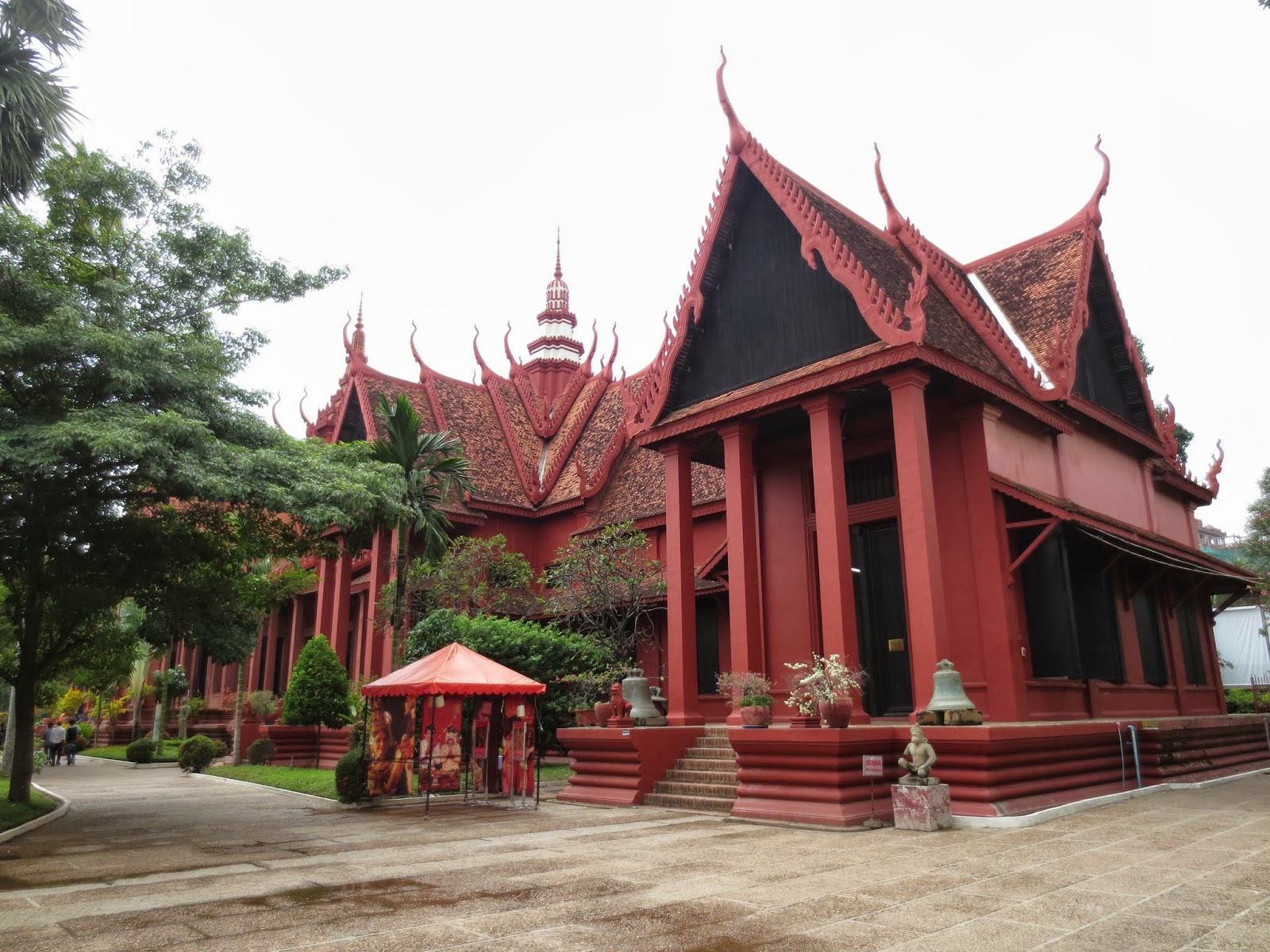Cambodia went through one of the most horrific regimes in history. The Khmer Rouge's power rose when the Vietnam War extended into Cambodia and the followers of the Khmer Rouge carried out a genocide killing almost a quarter of the Cambodian population between 1975 and 1979. The regime with its leader Pol Pot wanted to transform the country to a purely agrarian society completely self-sufficient and independent from other countries. Therefore, the regime killed in particular intellectuals and city-dwellers to form this new kind of new society. The regime collapsed when Vietnamese armed forces invaded Cambodia in 1979.
Times were not always bad in Cambodia. It had a prosperous period during the Khmer Empire between the 9th and 15th century. The empire covered much of South East Asia including parts of modern Laos, Vietnam and Thailand. This was also the time when the temples of Angkor were build. The principle temple of this region in north Cambodia is Angkor Wat. It apparently is the world's largest religious monument. Although, this temple is very impressive, there are many more temples in the area, which are almost as amazing as Angkor Wat. The city Siem Reap (meaning Siam defeated, i.e. today's Thailand) is the gateway to the Angkor region and therefore a popular tourist destination with a large number of restaurants, bars and hotels.
The Royal Palace in Phnom Penh serves as the royal residence of the king of Cambodia. The palace was closed for a few days while I was there, because of demonstrations against the July election results. The ruling party and prime minster is in power for almost 30 years, and people believe the last election was not free of irregularities.
The National Museum in Phnom Penh is Cambodia's largest museum of cultural history and definitely fascinating. Many exhibits are from the Angkor region and temples, so it was a great warm-up before actually going there.
The following photos cannot show the suffering that has happened at these places. The Choeung Ek Killing Field is a site where people were killed in cruel ways and buried in mass graves by the Khmer Rouge (the shown stupa is filled with skulls from victims). The Tuol Sleng Genocide Museum is located in a former high school, which was used as the notorious Security Prison 21 (S-21). Pictures from victims are shown in the museum.
The temples of Angkor are just amazing. It is unbelievable how people build these monuments thousand years ago. Unfortunately, some of them are in bad shape, but buildings are slowly being restored with the support and aid of foreign countries. For example, Germany is significantly involved in the restoration of Angkor Wat.
Dev and Ankur were at the same time in Siem Reap as I was. We have actually already met in Phnom Penh, where we went out for drinks together (which caused a bad hangover for me the next day). Anyways, we hired a Tuk Tuk (auto rickshaw) in Siem Reap to drive us around in the temple area. The distances between some of the temples are too large to explore this by foot when one is time constrained. Having a driver allowed us also to go a little bit further to see more remote places.